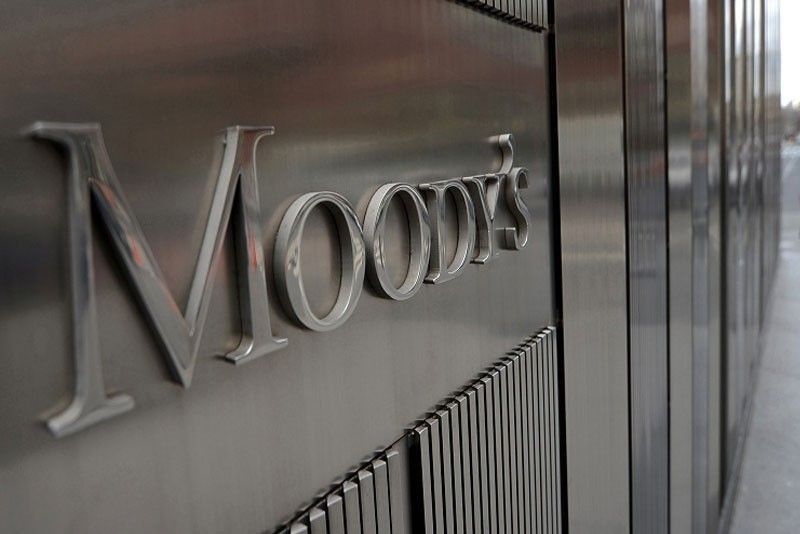Moody’s: Budget gaps to remain at record highs

In emerging markets
MANILA, Philippines — Budget shortfalls in emerging markets like the Philippines would remain at record highs, as debt issuances continue to mount, a leading global credit agency said.
In its latest quarterly emerging market issuance monitor, Moody’s Investors Service said debt issuances would soften this year after reaching record levels last year but would remain above pre-pandemic levels.
“Emerging market volumes are unlikely to eclipse 2020 levels as a pickup in GDP growth and commodity prices supports revenue recovery and reduces emergency spending needs. However, historically elevated budget deficits will still require significant funding,” Moody’s said.
Moody’s said emerging market debt issuers raised a record $639 billion worth of eurobonds last year amid the pandemic.
“On the back of strong investor demand, high-rated governments have locked in record low funding costs at longer maturities. Non-investment-grade issuers have also benefited from low coupons and above-average tenors,” it said.
Latest data showed the Philippine budget gap more than doubled to P1.36 trillion or 7.5 percent of gross domestic product (GDP) last year from P660.24 billion or 3.4 percent of GDP in 2019 as both revenues and expenditures fell below their revised targets amid the global health crisis.
As a result, the national government borrowed P2.63 trillion last year, excluding the P540 billion it borrowed from the Bangko Sentral ng Pilipinas (BSP), or more than 2.5 times the P1.02 trillion it raised in 2019.
Of the total amount, P1.91 trillion was raised through the issuance of government securities, while P403.1 billion came from official development assistance (ODAs). Likewise, P318.1 billion was raised from the sale of global bonds in the offshore debt market, particularly US and Europe.
This raised the country’s debt-to-GDP ratio to 53.5 percent last year from 39.6 percent booked in 2019.
Moody’s said improving global risk appetite would allow more non-investment grade issuers to access markets.
However, risks include a sudden jump in global inflation expectations, coronavirus containment challenges, and concerns over rising emerging market debt burdens.
This year, the fiscal deficit is seen widening further to 8.9 percent of GDP behind the need for government fiscal support in restarting the economy after slipping to recession in more than two decades.
The government is set to borrow P3.03 trillion from foreign and domestic creditors this year for a high debt-to-GDP ratio of 57 percent.
- Latest
- Trending

























